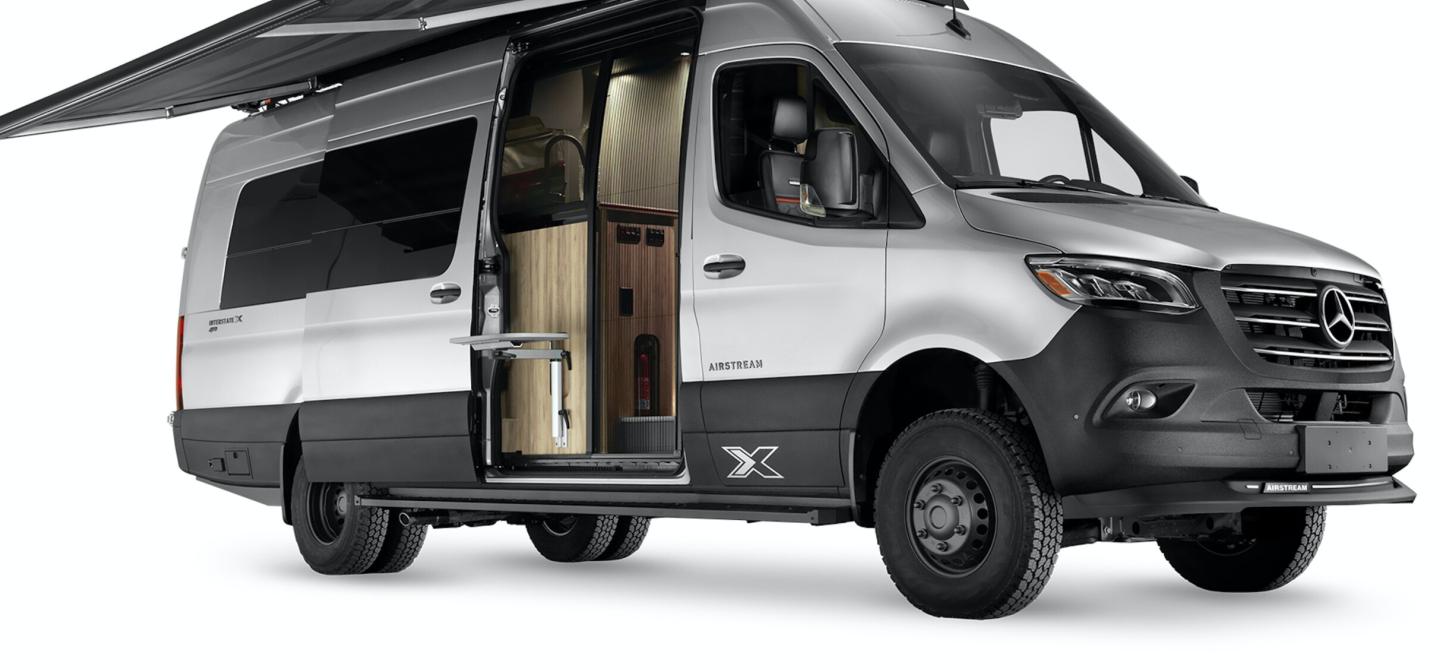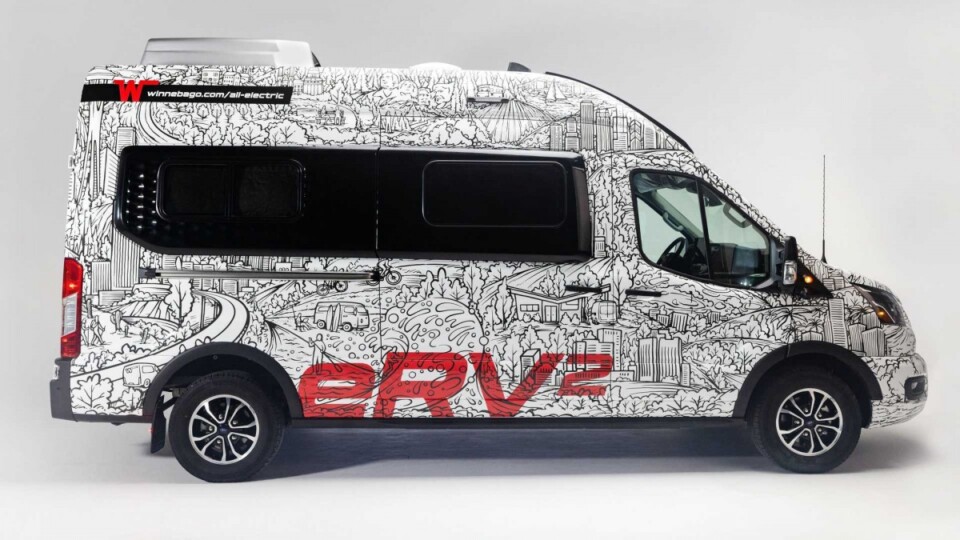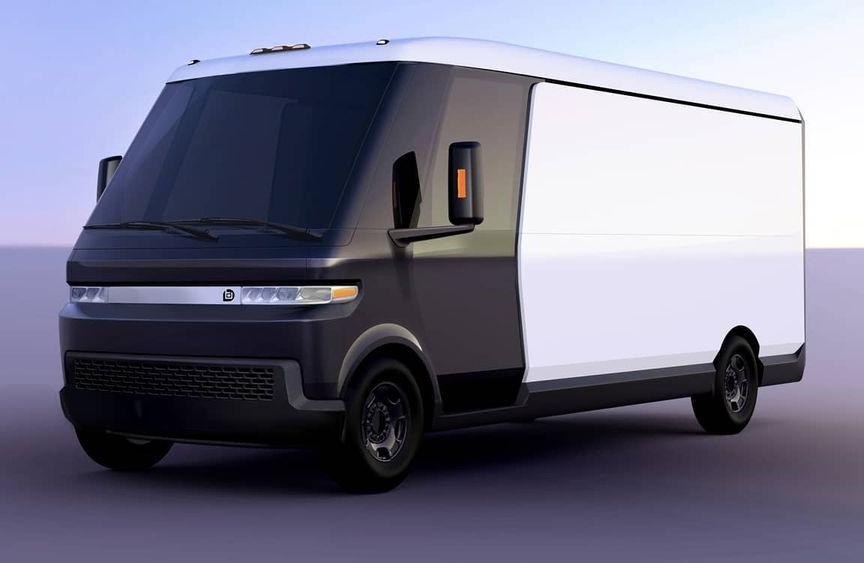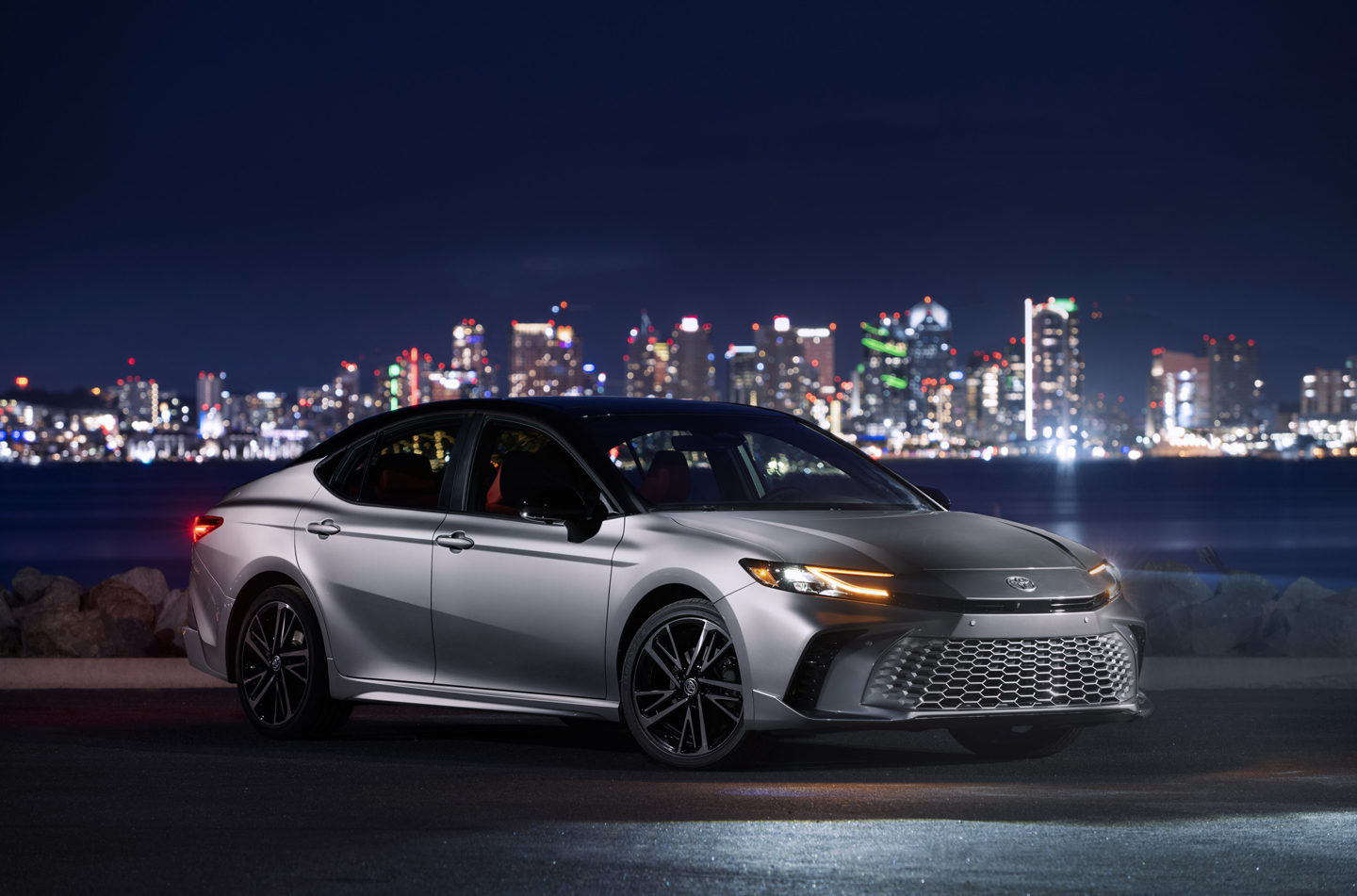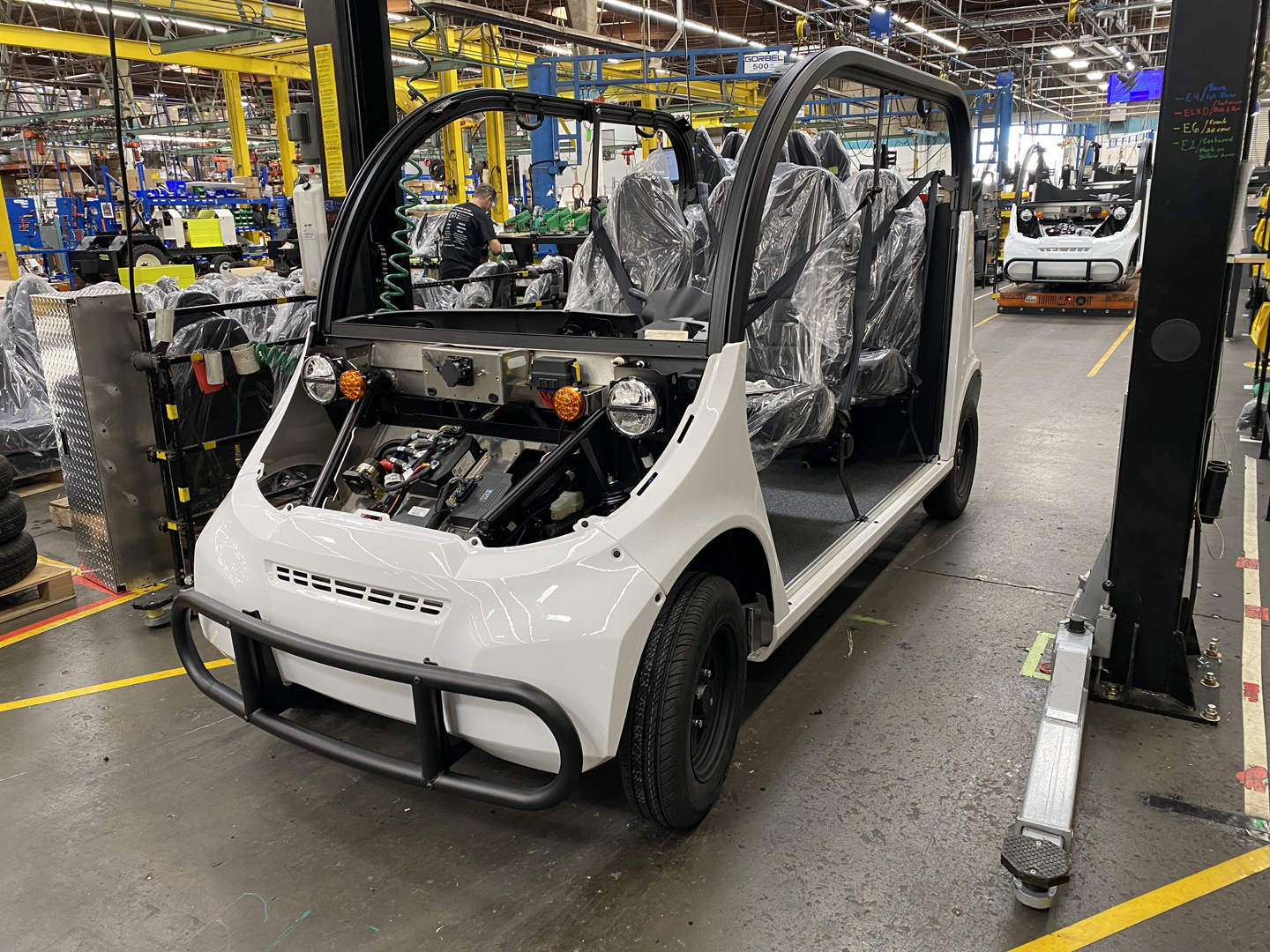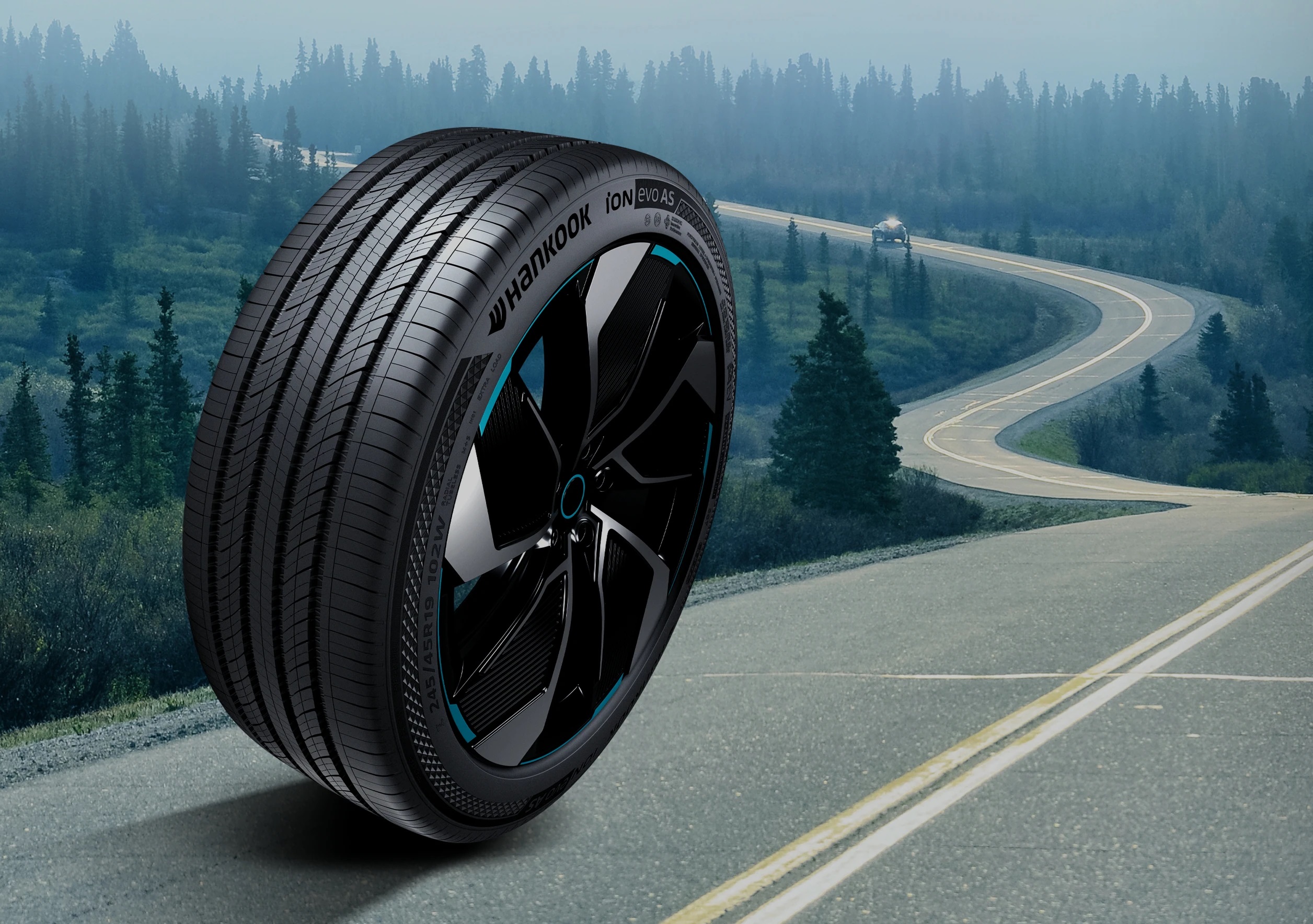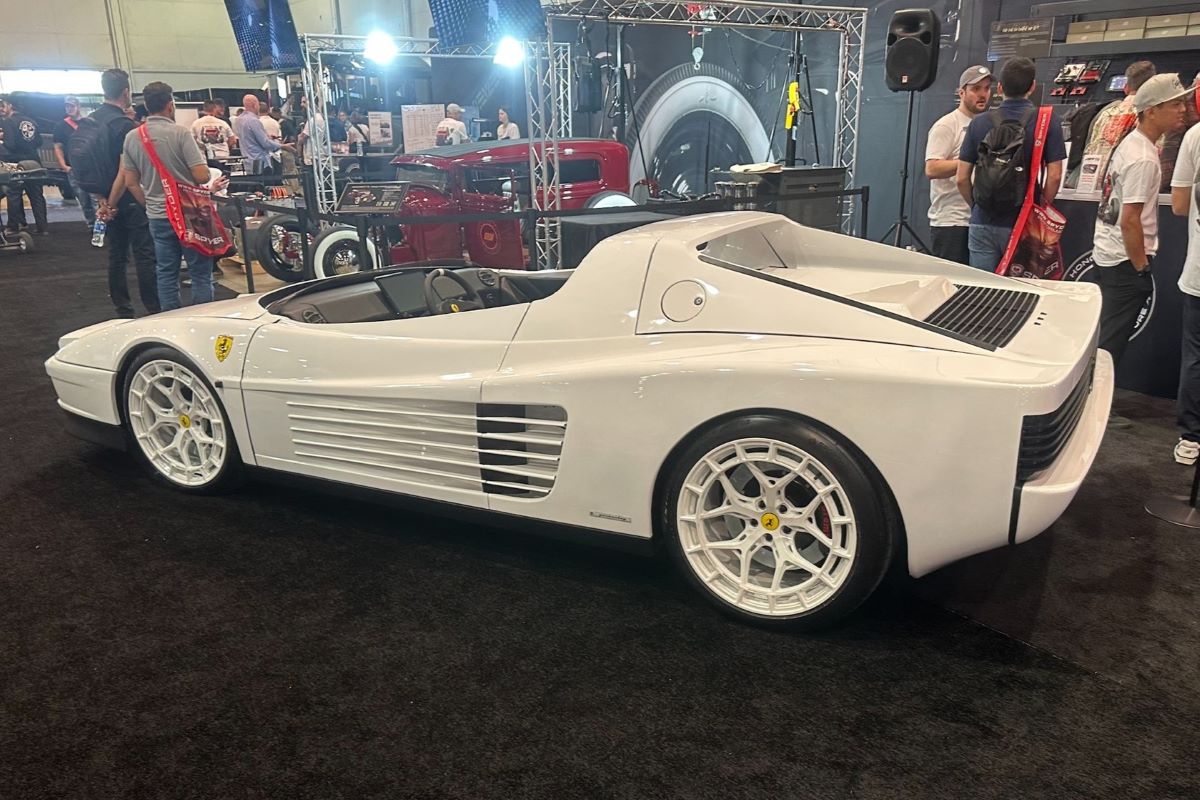After pickup trucks and affordable EVs, electric vans are the next bogey for the global auto industry. Mercedes-Benz is moving towards dominating the EV van segment with a range of new electric models. This mirrors their strategy with passenger cars to target high-margin markets.
The company is launching three dedicated all-electric platforms in 2025, including MB.EA (Mercedes-Benz Electric Architecture) for medium to large-size passenger vehicles, AMG.EA (AMG Electric Architecture) for performance vehicles, and VAN.EA (Van Electric Architecture) for vans.
It announced that it will launch a midsize EV passenger van and a range of factory-fitted midsize and large camper vans starting in 2026. Mathias Geisen, head of Mercedes-Benz Vans, stated that this move into the profitable luxury segment of the passenger van market is necessary to help finance the company’s transition toward an electric future. The company aims to target premium segments with the highest margins.
Mercedes-Benz Vans has set a goal to achieve a double-digit return on sales by the end of the decade. The company plans to reduce its fixed costs by 20 percent by the middle of the decade to accomplish this. By targeting the consumer luxury segment of the light commercial vehicle market, Mercedes-Benz Vans hopes to quickly achieve profitable growth.
According to Sam Fiorani, vice president for AutoForecast Solutions, fleet buyers are unable to spend extra money on vehicles as they need to keep their business costs low. However, consumers see the value in spending money on the additional features that come with a personal-use van, which increases the profit margins for the manufacturer.
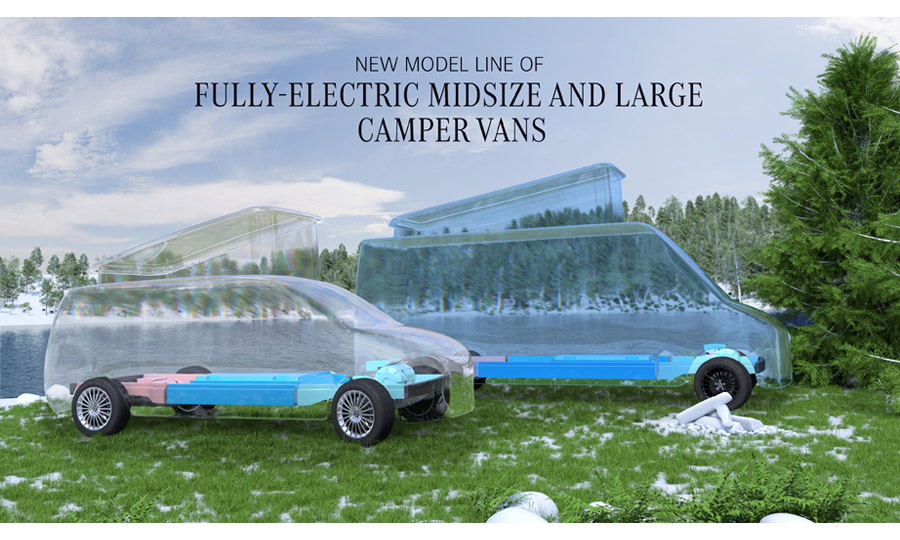
With VAN.EA, a modular and scalable purpose-built EV architecture, Mercedes-Benz Vans sets the course for a fully electric future
Mercedes hopes the electric midsize minivan will fill a gap in the luxury market that the soon-to-be-discontinued rear-wheel-drive Metris passenger van failed to fill. When the Metris was launched, dealers advised Mercedes to add luxury features and make it all-wheel drive, but their requests went unfulfilled.
While MB dealers did well with the cargo version of the Metris, the minivan market mostly yawned at the mid-size van with a star on the hood. Mercedes-Benz is now targeting a different luxury consumer segment with a range of factory-customized campers. By doing more of the upfitting work in-house, both dealers and customers benefit greatly.
There is friction in having vehicles fitted by third parties due to the time it takes. Sometimes the vehicle is transported directly to the upfitter or it comes to the dealer first and then goes to an upfitter. Eliminating this process is a logistical benefit. The electric RV market is likely a long-term investment due to current battery technology, weight, and towing requirements that hinder range.
Analysts believe that the current market is limited to wealthy early adopters. For electric RVs to become popular, consumers need to see that a charging infrastructure is in place and that new EV vans are durable and reliable over time.
While Mercedes Vans plans to target high-profit segments with its future electric vehicles, the company also focuses on reducing costs. Consolidating future products onto a single-vehicle architecture, will reduce complexity and increase economies of scale.
This architecture can accommodate mid to large applications for both private and commercial use. Mercedes is also simplifying its EV portfolio by reducing the number of variants by more than half compared to its current gas-powered range. This leaner lineup and greater factory automation will reduce production hours per vehicle by up to 25 percent by mid-decade.
Initially, VAN.EA production will occur at Mercedes’ factories in Jawor, Poland, Vitoria, Spain, and Düsseldorf, Germany. Mercedes did not specify when production will begin at the company’s van assembly plant in North Charleston, South Carolina but mentioned that it is crucial for the company as the U.S. is one of its core growth markets.
While Europe accounts for 60 percent of Mercedes van sales worldwide, demand in the U.S. is increasing. The company sees significant growth potential for premium large commercial vans in the U.S., where its market share has doubled in the past five years to 16 percent in 2022. After Germany, the U.S. is the second-largest market for Mercedes’ Sprinter vans, and an electric version made in Charleston will debut in the U.S. this year.
Electrified Mag’s Take: The Sprinter van is a cash cow for Mercedes Benz. From Taco trucks to Coachella hippie vans, the Sprinter has the cachet that Ford, GM, and Stellantis can only dream of. For those in the know, the Ford Transit a better van, easily outsells the Sprinter and there is an electric version already on sale here in the States.
The Sprinter is also a favorite of upfitters like Airstream, Thor, Winnebago, and Pleasure-Way with some of these third-party builders recently showing off EV RV concepts. So a turn-key electric Sprinter chassis would be a hit with not only RV makers but plumbers, delivery companies, hipsters, and small businesses.
In fact, we think the small businesses will really drive the adoption of EVs and whoever can get up to scale producing reliable electric vans will grab market share and might become the Tesla of vans.
Again for those paying attention, Mercedes is late to the EV van party. If their plan of a clean sheet, scalable, dedicated EV chassis that can accept several different bodies sounds familiar, that’s because a production version of this blueprint is already available for sale.
While MB is “planning” for all this new product, GM started the development of their scalable Ultium chassis five years ago, a yawning eternity in the modern EV race. The results are the Brightdrop van produced in Canada is on sale now.
Many folks, myself included wondered why General Motors missed the dustbuster van revolution in the mid-2010s and now we know why. They skipped a new generation ICE can and quietly minted tons of money with the ancient Express and Savannah vans with their long-since amortized tooling. A smaller version of the commercial Brightdrop 600 will be coming soon to replace the Express and the Savannah ICE vans when they are phased out of production in 2025.
GM isn’t the only OEM ahead in the game either, Stellantis has its large STLA platform they are working on to underpin a new age Promaster, and Ford will replace the current ICE-based Transit by 2026 with a clean sheet EV design too.
So the race is on, but battery tech, recharging infrastructure and reliability are all question marks at this time. One thing is for certain, a new dawn of cool vans and RVs is just around the corner.


